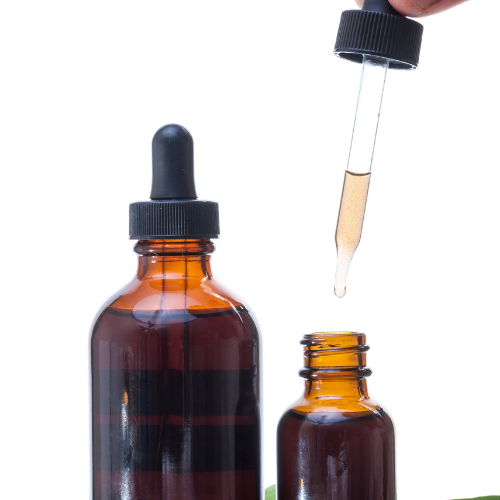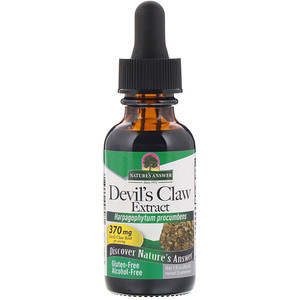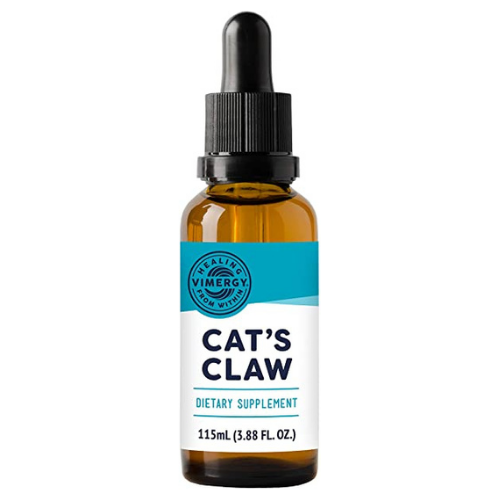
We love it for..
Antiviral, Strep Infections, Flu
The herb also known by the Spanish name uña de gato is famous for its antiviral properties.
Why We Love It
Like echinacea, with which it combines effectively, cat’s claw supports a weakened immune system, and can reinvigorate the body’s efforts to counter infection and inflammation. The herb’s antioxidant activity also helps to contain the widespread cellular damage that occurs in chronic degenerative disease. Conditions that may benefit include infections such as chronic fatigue syndrome and HIV/AIDS; chronic inflammatory diseases such as rheumatoid arthritis and ulcerative colitis; and asthma.
Cat’s claw may also be taken to help prevent cancer, particularly breast cancer, and is useful in countering the damaging effects of chemotherapy.
How We Use It



Our Favorite Brands
Research Resources
| Scientific Name | Uncaria tomentosa (Rubiaceae) |
| Description | Climbing vine growing to 100 ft (30 m) or more, with stems up to 8 in (20 cm) in diameter, large, glossy leaves, and sharp hooks (the “cat’s claws”) |
| Constituents | Cat’s claw contains pentacyclic oxindole alkaloids (POA), tetracyclic oxindole alkaloids (TOA) in one chemotype only, triterpenoid glycosides, sterols, flavonoids, and tannins, including epicatechin and proanthocyanidins. |
| Habitat & Cultivation | A native of tropical rainforests in the central and eastern Andes, especially Peru, Ecuador, and Colombia, cat’s claw has also been found in Guatemala, Costa Rica, and Panama. Until recently, the root bark was the part most commonly used as medicine. However, by the early 1990s collection from the wild threatened the species’ survival. Only the stem bark, from ecologically sustainable sources, should be used. |
| Parts Used | Stem bark |
| Cautions | Avoid taking Cat’s Claw during pregnancy and while breastfeeding. |
Clinical Studies
Investigations into the root and stem bark have established that cat’s claw has potent anti-inflammatory, antioxidant and immune-stimulant activity. The POAs and water extracts of the bark stimulate production of white blood cells and nonspecific immune resistance, and appear to inhibit tumor development and growth; extracts of the bark are strongly anti-inflammatory and may inhibit inflammatory gene expression. Nevertheless, the bark’s medicinal activity probably results from the synergistic effect of several compounds, including the tannins. Clinical research in Peru indicates that cat’s claw may have use in the treatment for HIV and AIDS. Of the two types of cat’s claw, only the one containing POAs should be used as medicine, since the TOAs may suppress immune function. Cat’s claw has a contraceptive activity. A small-scale clinical trial in Brazil found that patients with advanced cancer had more energy and some improvement in quality of life when taking a cat’s claw extract.


